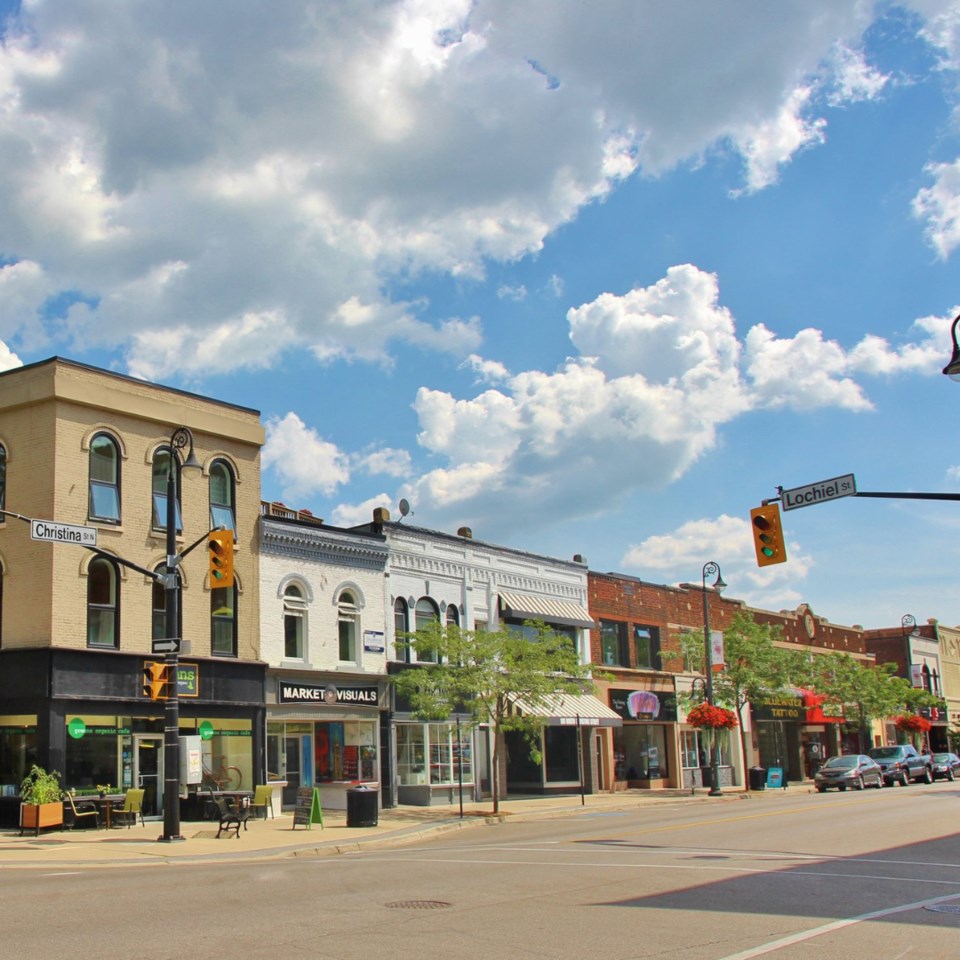We view the ability to drive as being a right, because we live in an environment built around the automobile. We see cars as symbols of freedom and we are dependent on them for mobility.
This may not seem like much of a problem if you are able to drive - you are of legal driving age, you are able to afford the average $9,000 per year cost to own an automobile, and you have no disabilities.
But, what about the elderly?
Many of the elderly cannot (or should not) drive. Unlike children, it is not a phase that they will eventually grow out of. Are we to throw them into a retirement home, just because they are no longer able to drive and maintain their independence? Should we keep forcing them to drive, when we know that in their advanced age, their vision, judgement, and alertness is not what it use to be? Should we impose the burden of carting them around to their children?
All of those are cruel and humiliating options, yet they remain our only options, as long as we keep prioritizing the automobile in the way we design and build our environments.
Transit is part of the answer, but we also need to focus on strong urban cores to even make transit useful, or we are simply wasting public resources on a service that nobody is going to use.
Retrofitting transit on top of an environment designed to be driven from place-to-place results in catching a bus from place-to-place. It is neither a very pleasant or productive way to use your time if you expect to visit the bank, post office, head out for lunch, and get your hair cut all on the same day at different locations, with a 30 minute bus wait in between each. To make transit pleasurable, we need a strong urban destination that we can take transit to. You may have to wait 30 minutes for the bus to head into town, but once you reach your destination you can have an enjoyable day out.
Ask yourself, would your 13 year old kid or elderly granny on a walker have their freedom in Sarnia, and be happy here?
